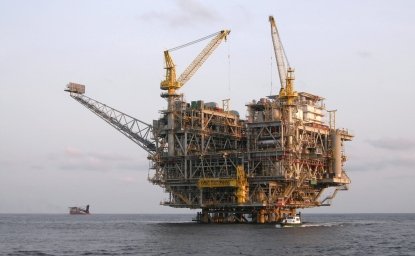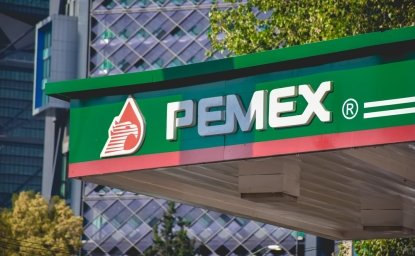What drives migration? How can it be deterred? Should it be deterred? These questions concern the US and Mexico. However, these questions are often being framed in a way that avoids the root causes.
Lack of opportunity is one key factor that drives migration. When people can live a better life, they migrate to provide better opportunities for their families. The experience of most is shockingly similar – there are limited or no opportunities at home, and they realize that by moving only a ten-hour drive away, they can increase their income by a factor of four or more and have a much better possibility of working a stable job. Typically, this consists of someone moving from Southern Mexico to the industrialized areas spread along the US border. Even when they can obtain a job, the siren call of more lucrative work across the border draws many to try to make the crossing – some legally with paperwork in hand, but far too many illegally. Very few want to leave home, leaving behind families and friends. Most feel that is the only viable option to survive and provide money back home to help families.
The classic response from many politicians in recent years has been to build barriers – literal or procedural to “prevent” irregular immigration. But somehow, despite many intelligent people and enormous investment and energy, the flow of immigrants had not slowed.
If we step back and ask what creates these conditions, the answer is obvious: the lack of opportunity drives people to move. But what is causing the lack of opportunity? In Mexico and northern Central America, the main cause is energy poverty. There is insufficient energy available in these areas and what is available is expensive. The result is an absence of investments in these regions, which would provide high-quality employment which would allow people the option to stay at home.
On top of that, in the most impoverished regions, using wood and charcoal, for cooking and even for micro-industrial processes—is creating more environmental damage than virtually any other source of energy would. Additionally, many families living at or near subsistence levels take their children out of school early to have them start to generate income for the family, exacerbating the challenges that they will face to obtain a living wage as they get older.
Delivering cost-effective, lower-emission energy to southern Mexico and northern Central America may be the most effective way to drive development, provide employment that allows children to stay in schools, and reduce deforestation in the region.
Mexico is living a once-in-a-generation opportunity with a global trend toward industrial nearshoring. Today, a key challenge facing investors, even along the US border, is the need for more security of access to natural gas and electricity. If it is difficult to invest in Monterrey, how difficult will it be to attract investment to the energy-starved southern regions?
Tackling this problem is a considerable challenge. It is even more difficult due to the multi-layered regulatory approvals required to achieve any infrastructure investment in the US and Mexico. But these challenges must be met and overcome. Alliances between US, Canadian, and Mexican governmental bodies around investment to reduce energy poverty may be possible, given that all countries share common goals to reduce migration pressure at the various borders. If the energy sector can develop solutions, we may find that a pipeline is more effective than a wall in reducing illegal immigration. Creating economic conditions for people to stay home in a way that also helps the environment is an achievable, sustainable solution for an area of the world that desperately needs it.
Author


Mexico Institute
The Mexico Institute seeks to improve understanding, communication, and cooperation between Mexico and the United States by promoting original research, encouraging public discussion, and proposing policy options for enhancing the bilateral relationship. A binational Advisory Board, chaired by Luis Téllez and Earl Anthony Wayne, oversees the work of the Mexico Institute. Read more

Explore More
Browse Insights & Analysis
La esencia de la infraestructura global: perspectivas del líder de la industria Matt Harris

Debunking the Patient Capital Myth: The Reality of China’s Resource-Backed Lending Practices


